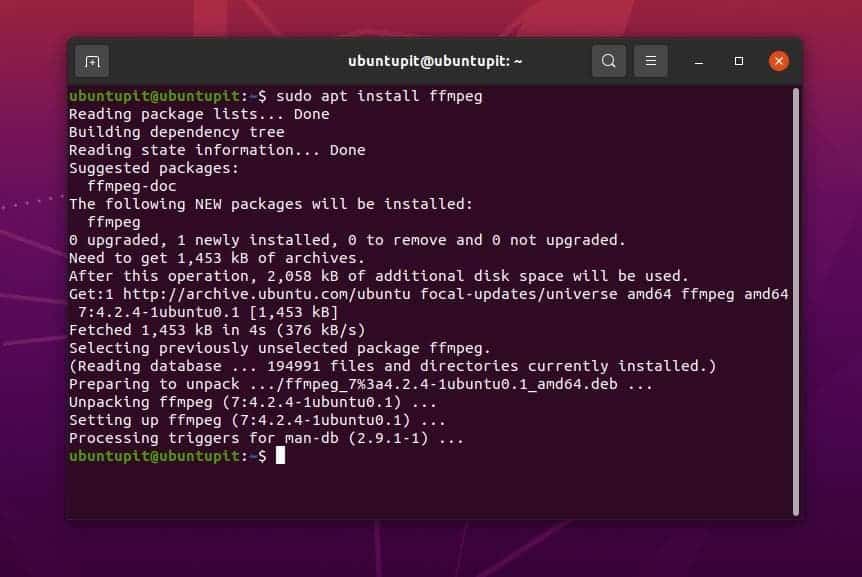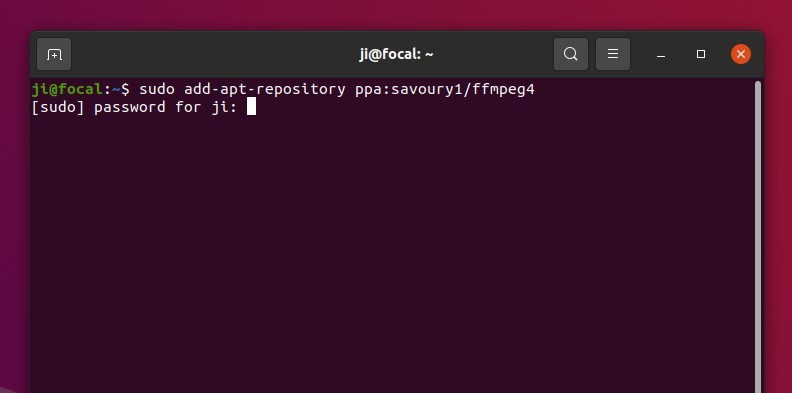

configure -prefix = " $HOME /ffmpeg_build" -disable-shared $ make

$ cd mstorsjo-fdk-aac * $ autoreconf -fiv $. configure -prefix = " $HOME /ffmpeg_build" -bindir = " $HOME /bin" -enable-static $ make $ cd x264-snapshot * $ PATH = " $PATH : $HOME /bin". configure -prefix = " $HOME /ffmpeg_build" -bindir = " $HOME /bin" $ make $ sudo apt-get -y install autoconf automake build-essential libass-dev libfreetype6-dev libgpac-dev libsdl1.2-dev libtheora-dev libtool libva-dev libvdpau-dev libvorbis-dev libx11-dev libxext-dev libxfixes-dev pkg-config texi2html zlib1g-devįfmpeg와 관련된 소스를 다운로드 받을 폴더를 생성한다.

(the y flag is to save having to confirm a bunch of things.) Sudo ln -s /usr/bin/python3.6 /usr/bin/python3įinally, install the latest version of FFmpeg: You will need to update the symbolic link for python3 to the correct Python version on your system like this (for me it is 3.6 but it may be different on your system): Sudo: unable to execute /usr/bin/add-apt-repository: No such file or directory Sudo add-apt-repository ppa:jonathonf/ffmpeg-4 The first step is to add the jonathonf/ffmpeg-4 repository using the following command: In this tutorial, we will learn how to install FFmpeg 4 on Ubuntu 16.04 from a PPA (Personal Package Archive). If you try to install FFmpeg using the package manager on Ubuntu 16.04 you will notice that the newest version it will give you is 2.8.11, which is a long way off from the latest version.


 0 kommentar(er)
0 kommentar(er)
